How to Prevent Ankle Sprains in Bouldering
You are cruxing out on your bouldering project. Your hands are sweating, your heart racing and you need just one more move to send it. You give it one hard push and reach up to the final hold. Your foot slips and you go airborne. The last thing on your mind is thinking about how to safely land on the ground. You hit the pad and your body rolls over your ankle. This is an all to common way that boulders sprain their ankles. Why is it so common? And why can’t you find much information in the internet about how to prevent these injuries? Well, USC Doctor of Physical Therapy Student and soon to be Licensed Phyiscal Therpist, Brent Hashiba, has your answers. See the below article that he wrote for the Climbing Doctor Blog about preventing ankle sprains bouldering:
Climbers often buy shoes that are several sizes smaller than their street shoe size. There are several reasons that climbers purchase smaller shoes.
- Improves their ability to “feel the rock”
- Compresses the toes and the bones of the foot together to create a more rigid support
- Increases the awareness of the foot in space. This is known as proprioception.
There are many additional reasons that climbers choose to wear smaller shoes. But mostly the end goal is to improve footwork and finesse on a route. However, this increase in sensitivity comes at a cost. Smaller climbing shoes place the foot into a supinated position. This is a position where the foot faces inwward. See the image below.
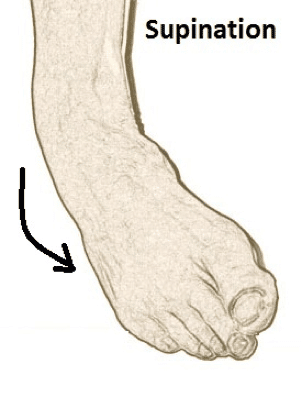
Although a supinated foot is more stable than a neutral foot, this position is an extremely vulnerable position for the ankle, especially for boulders. This supinated foot position in a small shoe can actually lead to ankle sprains when falling off a boulder problem. The most common type of ankle sprain in bouldering occurs when a climber falls and twists their ankle inwards. This mechanism is known as inversion. The inside surface of the foot turns in and stresses the outside ligaments in the ankle (anterior talofibular ligament, calcaneal fibular ligament, and posterior talofibular ligament). This stress can overstretched the outside ligaments in the ankle and in severe cases cause a tear.
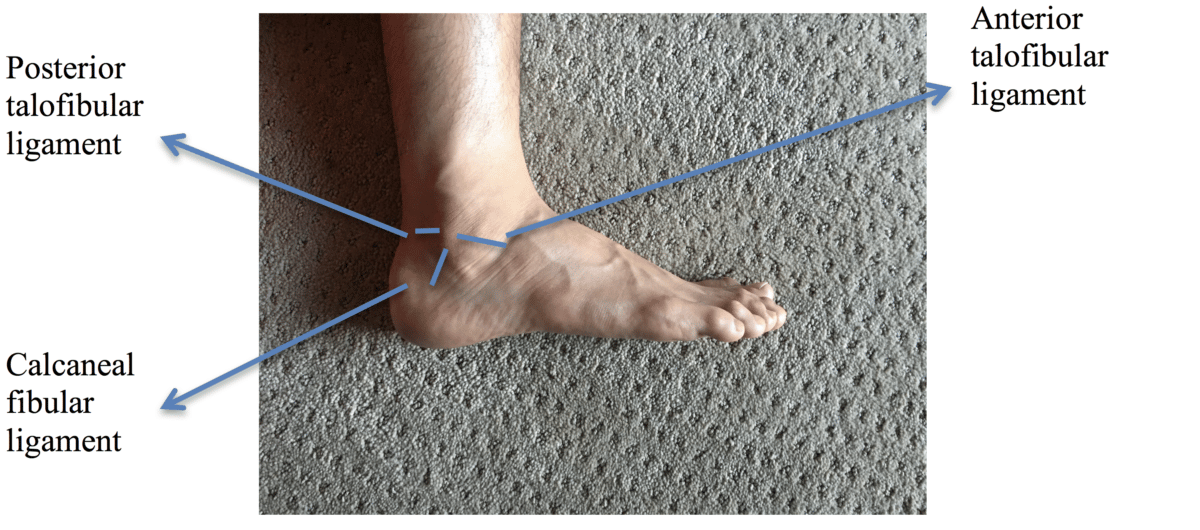
Research has shown that weak ankle muscles, decreased awareness of the ankle in space (proprioception) and weak gluteal muscles can lead to an increase likelihood of ankle sprains. Strengthening is a crucial aspect in reducing the frequency of any injury as it will restore muscle balance, position the joint in a more stable position, increase the load the ligaments may resist, and allow the muscles to act as active stabilizers for the joint. So if you are jamming your foot into tiny climbing shoes, you may want to try these simple exercises to prevent ankle sprains. Why? Because you can’t crush V16 with a sprained ankle.
Exercise 1: To Prevent Lateral Ankle Sprains Bouldering
Exercise Name: Resistance Band Wipes
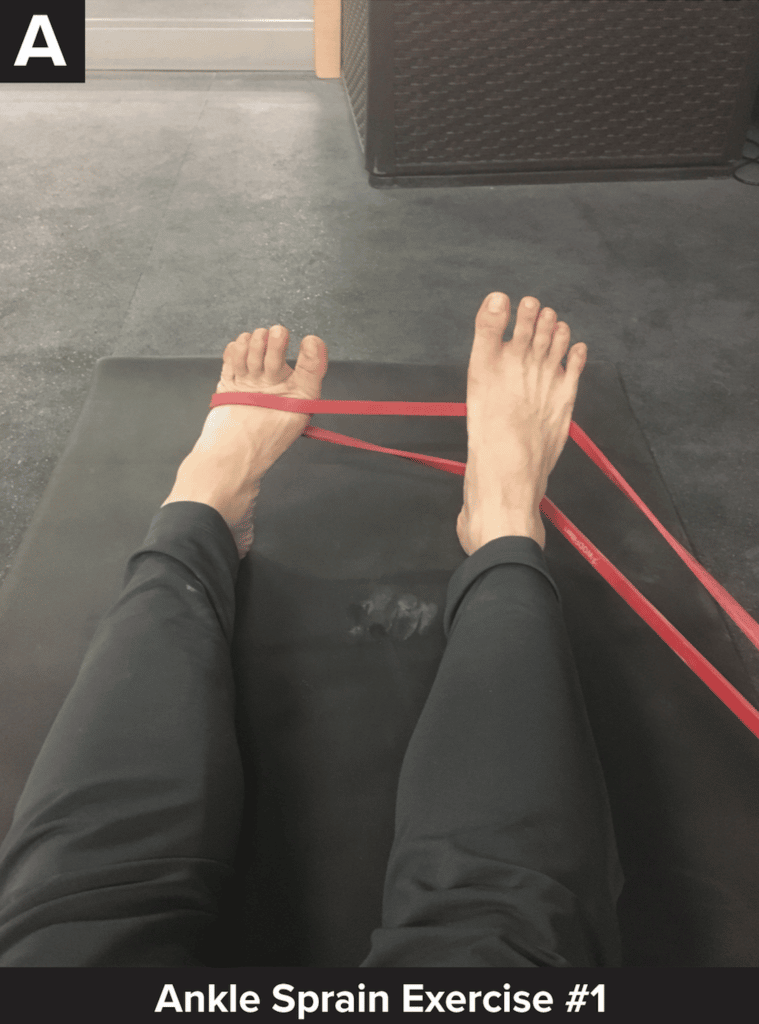
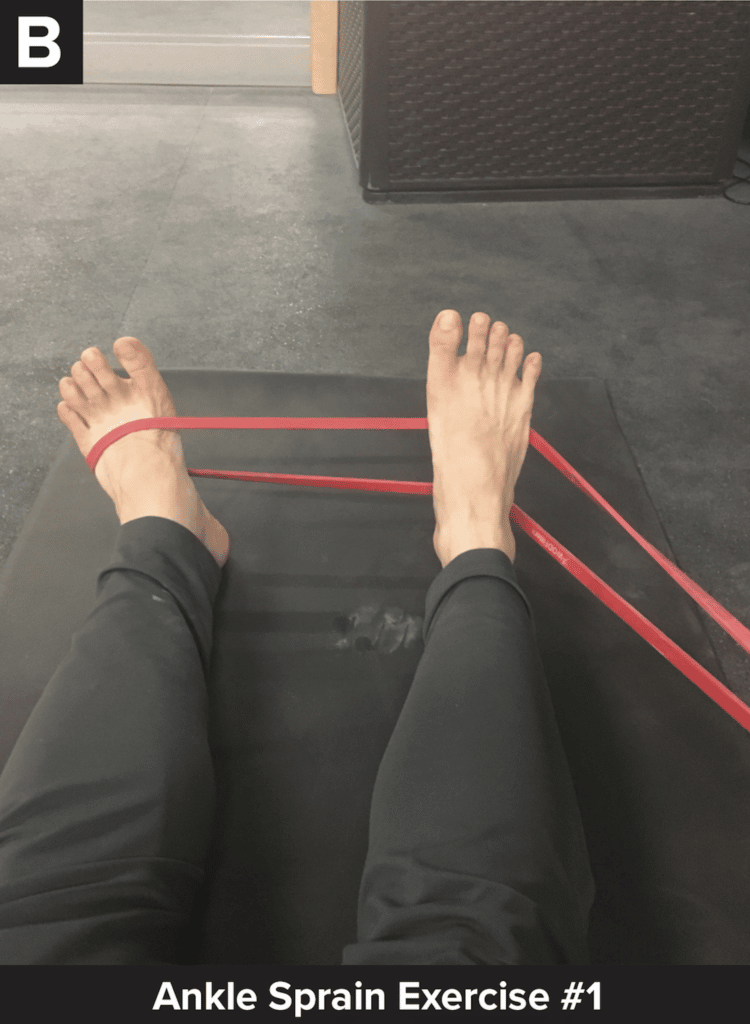
What it Does:
- Strengthens the Peroneal Muscles to stabilize the ankle
Instructions:
- Sit on the floor with both knees extended
- Make a loop with the band and place it around your foot
- Secure the opposite end of the resistance band to a stable object
- Press your ankle outwards, keeping your toes pointed towards the ground
- Make sure to control the motion throughout the exercise
- Try not to move your knee as you move your ankle
Frequency:
- Perform each day 3-4 sets, 8-12 reps, then switch feet.
Exercise 2: To Prevent Lateral Ankle Sprains Bouldering
Exercise Name: Bosu hip raises
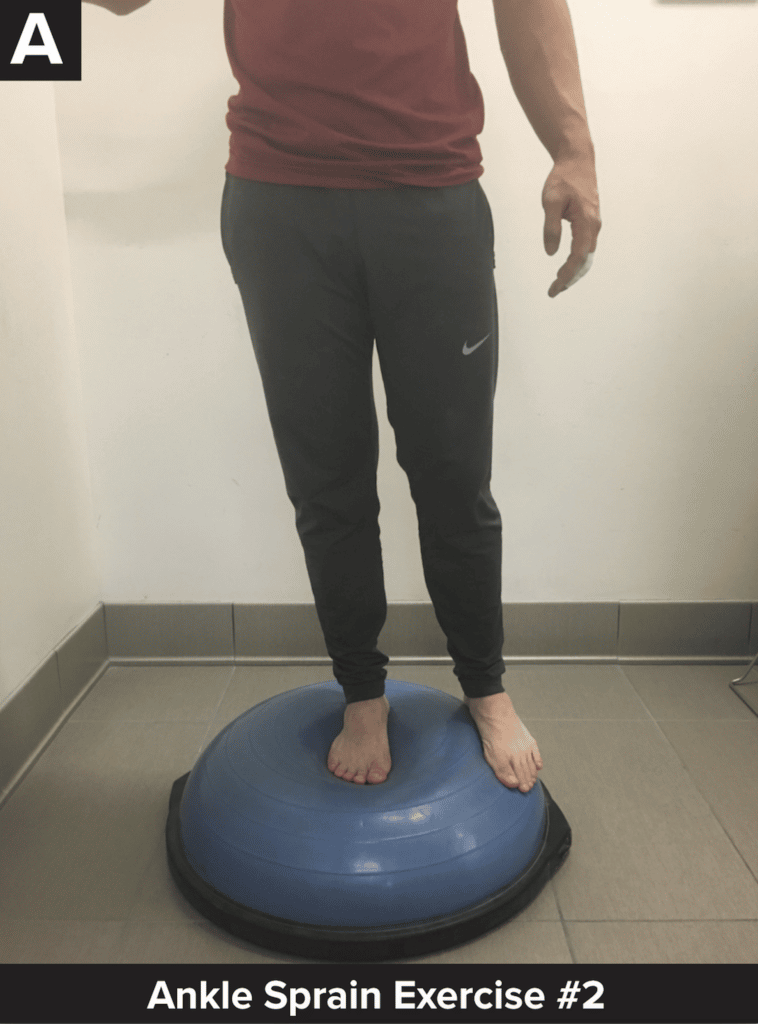
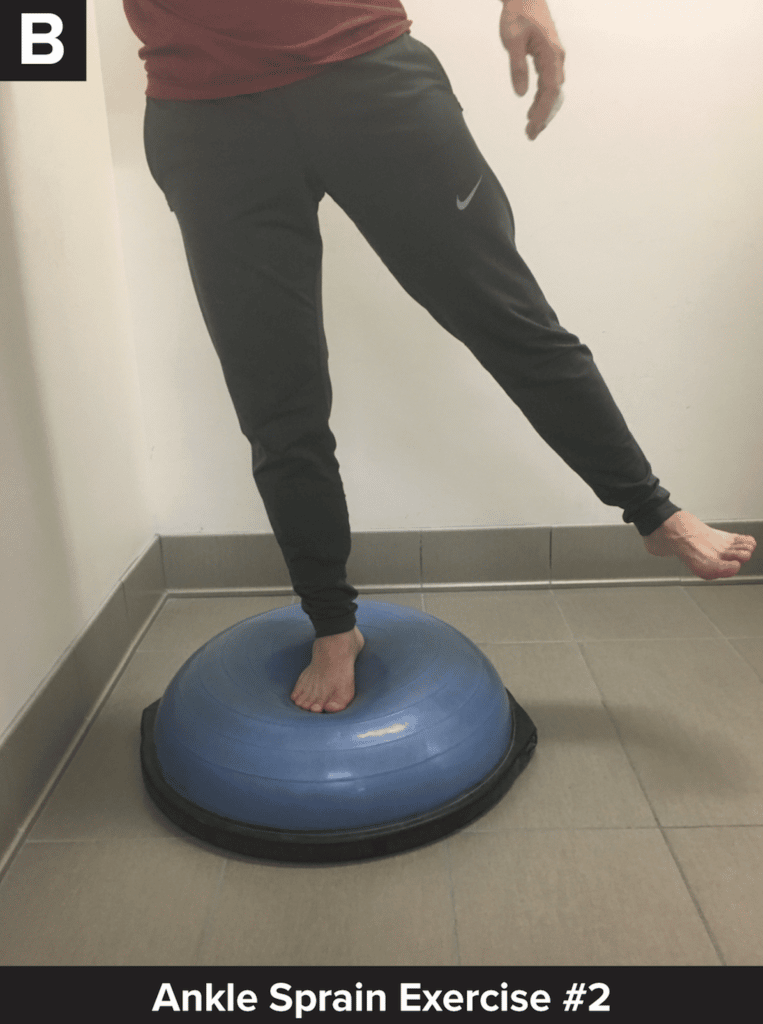
What it Does:
- Strengthens the gluteus medius muscle and improves proprioception of the ankle joint
Instructions:
- Standing on the foam pad or bosu balance trainer with the dome side up, slowly raise a foot up so you are balancing on one leg
- Extend your raised leg to the side to approximately 45 degrees, keeping your leg and knee straight
- Keep your knee on the bosu ball extended, try not to bend it, as you will be challenging your ankle stabilizers more
- Slowly lower your foot returning it to midline, and repeat this motion
- Note: If you don’t have a bosu ball or balance trainer, just use a pillow on the ground or try to perform the exercise while standing on your tip toes.
Frequency:
- 3-4 sets, 15 times, then switch legs. Perform each day.

Brent Hashiba, Student Physical Therapist
University of Southern California Doctor of Physical Therapy Program
Brent is a former collegiate tennis player and an avid rock climber who is passionate about optimizing human performance and movement.
References
Thank you to Binh Ly, PT, DPT for the help with photos and advice with this article!
- Fong, D.T.P., Hong, Y., Chan, L.K., Yung, P.S.H. and Chan, K.M., 2007. A systematic review on ankle injury and ankle sprain in sports. Sports medicine,37(1), pp.73-94.
- Friel, K., McLean, N., Myers, C. and Caceres, M., 2006. Ipsilateral hip abductor weakness after inversion ankle sprain. Journal of athletic training,41(1), p.74.
- Willems, T., Witvrouw, E., Verstuyft, J., Vaes, P. and De Clercq, D., 2002. Proprioception and muscle strength in subjects with a history of ankle sprains and chronic instability. Journal of athletic training, 37(4), p.487.
- Supinated foot photo: https://walkwellstaywell.files.wordpress.com/2013/02/supination.jpg
- Disclaimer – The content here is designed for information & education purposes only and the content is not intended for medical advice.


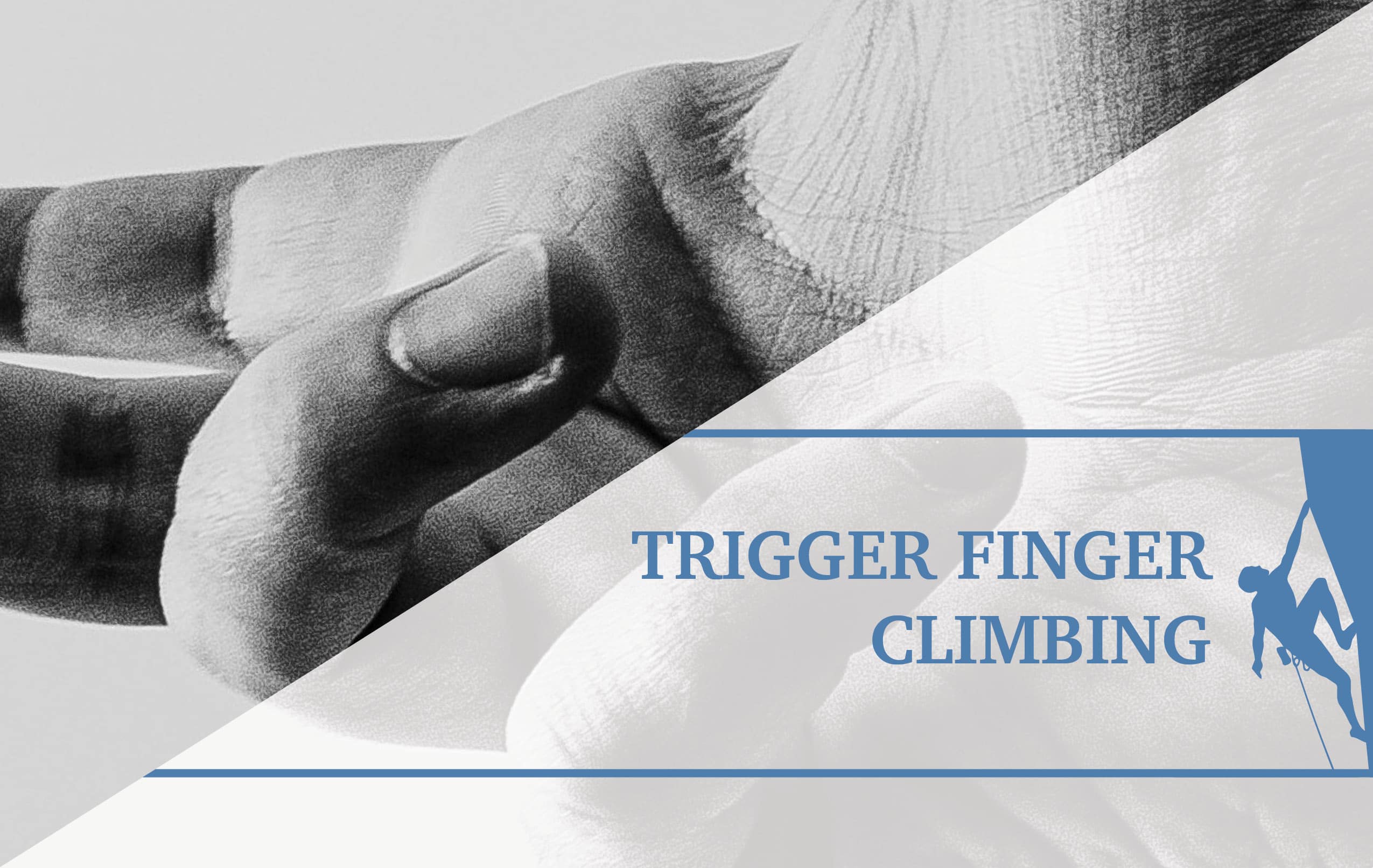
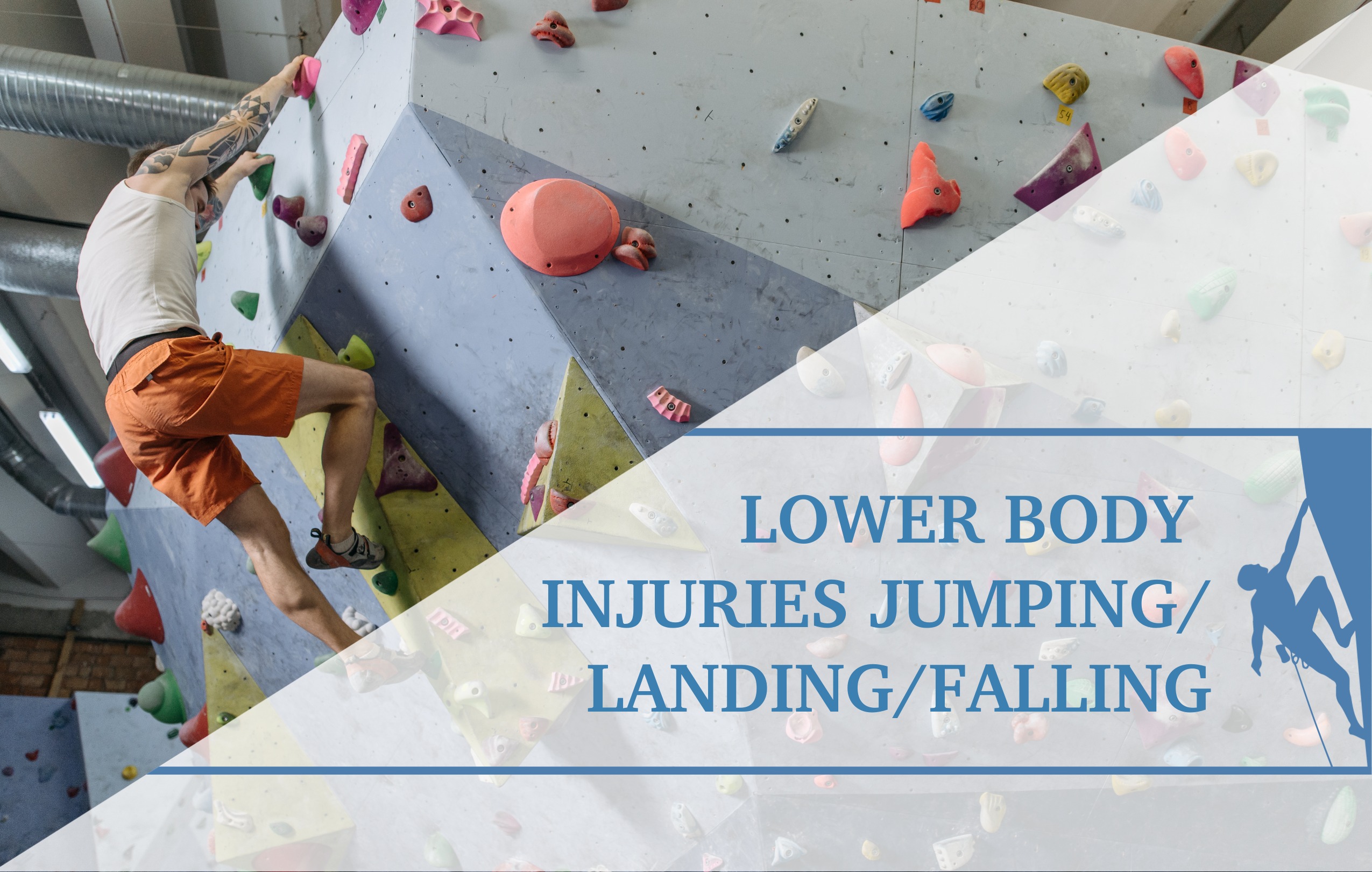
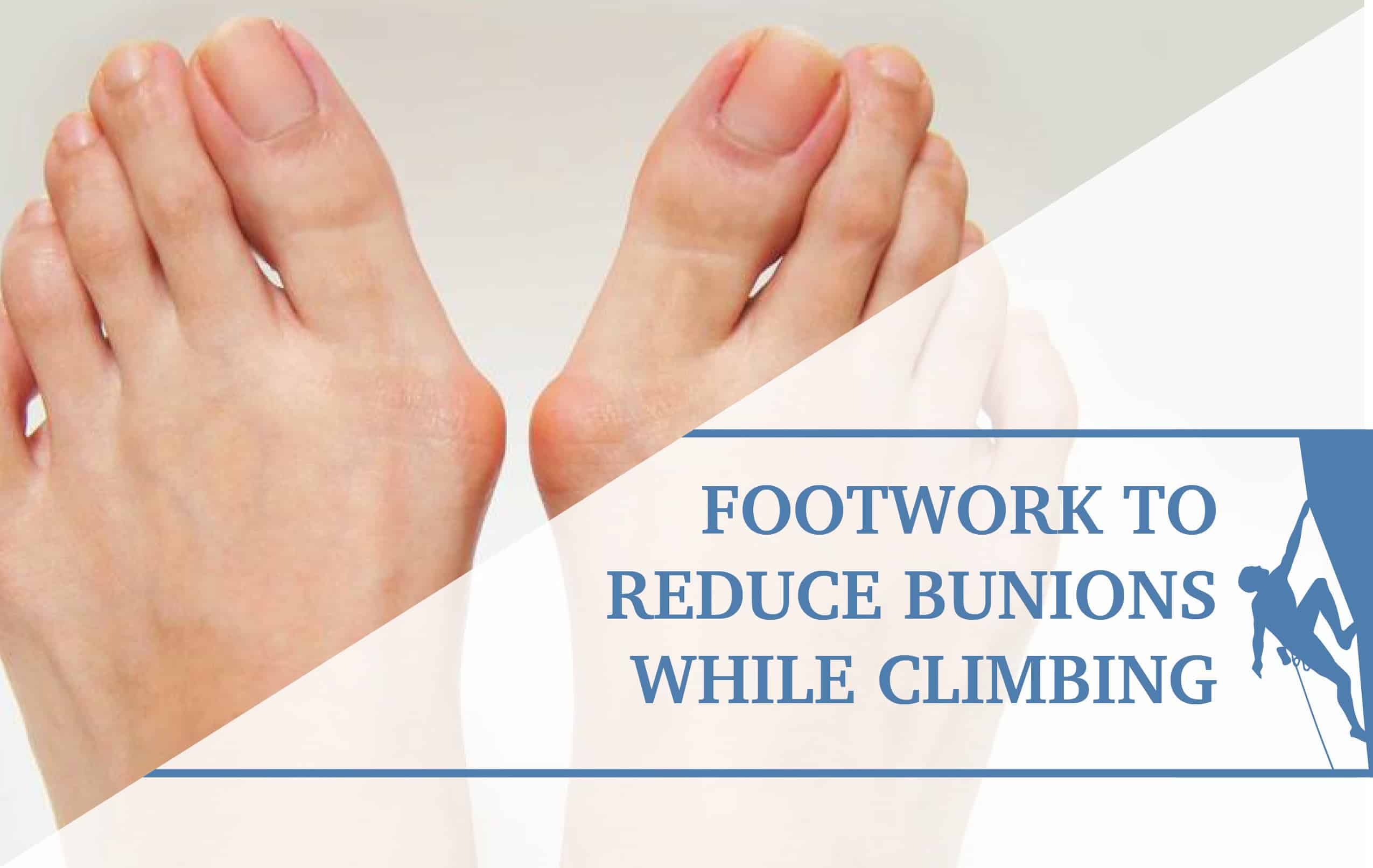
[…] Full Article: Preventing Ankle Sprains […]
[…] How to Prevent Ankle Sprains in Bouldering at The Climbing Doctor […]